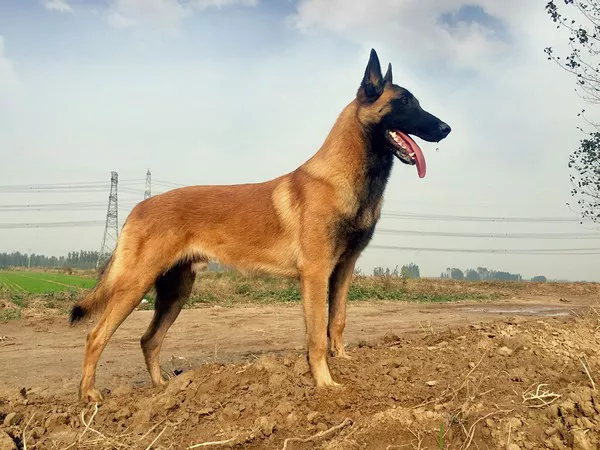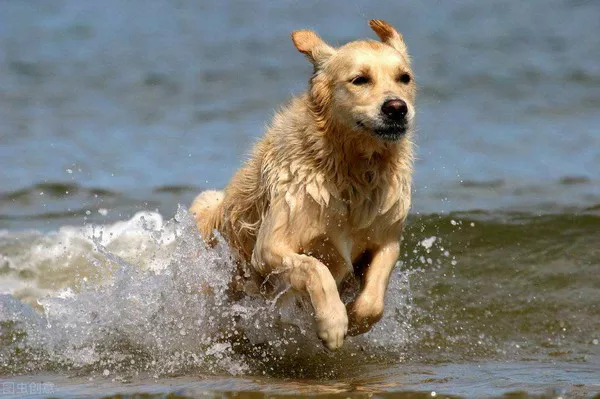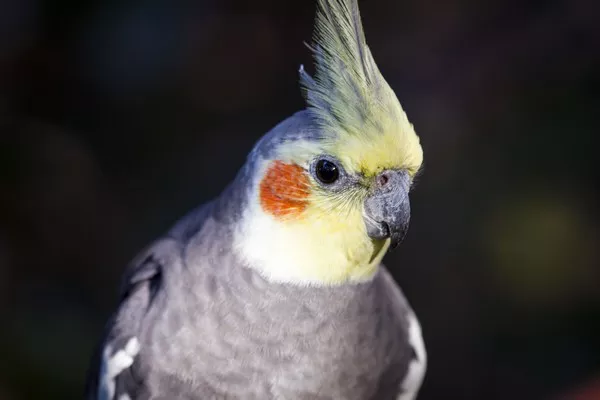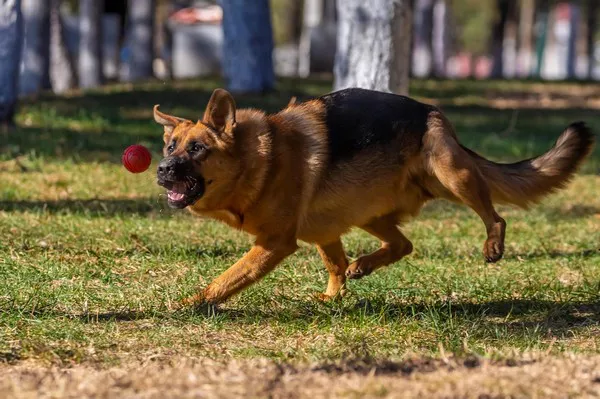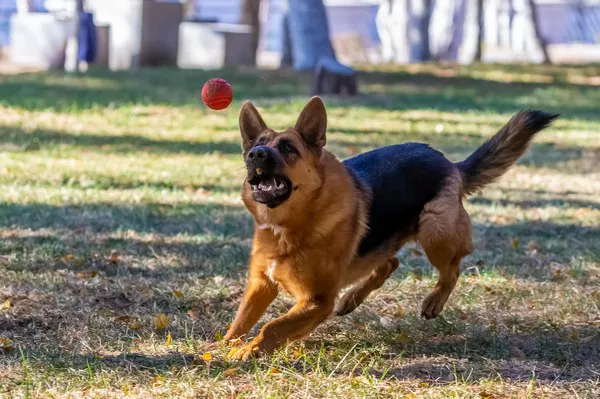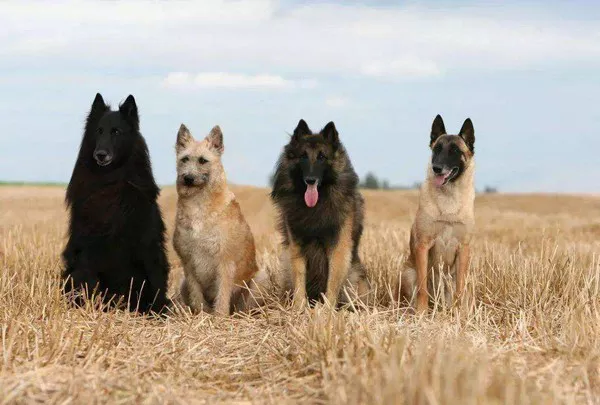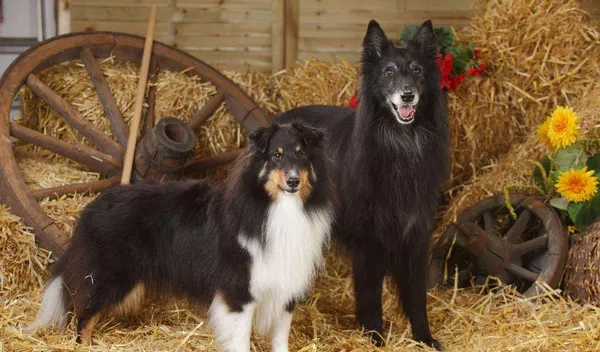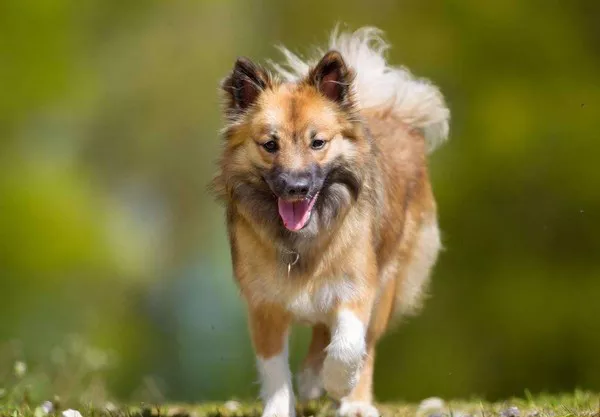The Alaskan Klee Kai is a strikingly unique breed of dog that has captured the hearts of many with its resemblance to the famous Siberian Husky. However, unlike its larger relative, the Alaskan Klee Kai is much smaller, with a compact size that often surprises those unfamiliar with the breed. But why exactly is the Alaskan Klee Kai so small? To answer this question, we must explore the breed’s origin, physical characteristics, genetics, and evolutionary history. In this article, we will dive into the factors that contribute to the Alaskan Klee Kai’s small size, while also highlighting its fascinating traits, care requirements, and place within the world of dog breeds.
The Origins of the Alaskan Klee Kai
To understand why the Alaskan Klee Kai is so small, it’s important to start with its origin story. The Alaskan Klee Kai is a relatively new breed, developed in the 1970s by Linda Spurlin, an Alaskan woman who had a vision of creating a smaller version of the Siberian Husky. Spurlin wanted to develop a breed that resembled the Siberian Husky in both appearance and personality, but without the large size and high energy requirements of the typical Husky.
Spurlin’s breeding program focused on pairing small Siberian Huskies with other small breeds, such as the American Eskimo Dog and the Schipperkes, to reduce size while maintaining the Husky-like appearance. The goal was to create a compact, friendly, and intelligent dog that could thrive in a variety of living situations, including apartments and smaller homes. After several generations of careful breeding, Spurlin succeeded in developing the Alaskan Klee Kai, a dog that closely resembles the Siberian Husky in appearance, but remains much smaller in stature.
Physical Characteristics of the Alaskan Klee Kai
One of the key features of the Alaskan Klee Kai is its small size, which makes it distinct from the larger Siberian Husky. The Alaskan Klee Kai comes in three different sizes: toy, miniature, and standard. The breed’s size is one of the factors that draws people to it, as it provides the Husky’s striking appearance in a more manageable form.
Size Breakdown:
Toy Alaskan Klee Kai: 10 to 13 inches in height at the shoulder, typically weighing between 6 to 10 pounds.
Miniature Alaskan Klee Kai: 13 to 15 inches in height, typically weighing between 10 to 18 pounds.
Standard Alaskan Klee Kai: 15 to 17 inches in height, with a weight range of 16 to 23 pounds.
This small size can be attributed to several factors, both genetic and environmental. By selectively breeding smaller Huskies with other small dog breeds, Spurlin and other breeders have achieved a dog that is not only small in size but also agile and energetic, with a playful yet independent nature.
Coat and Appearance
The Alaskan Klee Kai’s physical appearance is another striking feature, with a thick double coat that can come in a variety of colors, including black, grey, and red, similar to the Siberian Husky. Its pointed ears, piercing eyes, and signature facial mask make it one of the most distinctive small dog breeds. Despite its smaller stature, the Alaskan Klee Kai has a sturdy and athletic build, with a sleek body that suggests strength and agility. However, the small size does mean that the Alaskan Klee Kai’s coat requires regular maintenance to prevent matting and ensure it remains healthy.
The Role of Genetics in the Alaskan Klee Kai’s Size
Genetics plays a major role in the size of the Alaskan Klee Kai, as it does in all breeds of dogs. The selection of parent dogs with specific traits, particularly size, is the primary way that breeders can influence the size of the puppies. In the case of the Alaskan Klee Kai, small Siberian Huskies were initially bred with smaller breeds like the American Eskimo Dog and Schipperkes, which have naturally smaller frames.
When breeders select parent dogs for their small size, they are looking for genes that influence overall growth, bone structure, and body composition. The gene that governs growth and size is the growth hormone receptor (GHR) gene, which regulates how a dog’s body responds to growth signals. Variations in this gene can lead to smaller or larger dogs.
Additionally, Alaskan Klee Kai are not subject to some of the same genetic issues that often affect larger dog breeds, such as hip dysplasia or other joint issues that may arise in breeds with heavy body mass. This may be partly due to the reduced size of the Klee Kai, which puts less strain on the joints and bones, allowing them to remain agile and active well into their later years.
Evolutionary Factors Influencing Size
When it comes to evolutionary pressures, the small size of the Alaskan Klee Kai could be understood in light of the breed’s development in Alaska. Unlike large working breeds that were developed for tasks like pulling sleds or hunting, the Alaskan Klee Kai was bred as a companion dog. In cold climates, smaller dogs can have advantages, including easier adaptability to confined living spaces, reduced food requirements, and increased mobility in tight quarters.
The evolutionary pressures faced by the Alaskan Klee Kai likely favored smaller, more manageable dogs that could still perform the essential role of providing companionship without the need for the intense energy and physical requirements of larger working breeds. This trend toward small size could have been further reinforced by the selective breeding practices aimed at producing a dog that was suited for modern apartment living.
Comparing the Alaskan Klee Kai to Other Small Breeds
The Alaskan Klee Kai is often compared to other small companion breeds, such as the Pomeranian, the Miniature Schnauzer, and the Shiba Inu. What sets the Alaskan Klee Kai apart from these breeds is its strong resemblance to the Siberian Husky, a much larger breed. The Alaskan Klee Kai maintains the striking markings, face mask, and eye shape of the Husky but does so in a smaller package.
While breeds like the Pomeranian and Miniature Schnauzer are small due to their genetics and ancestry, the Alaskan Klee Kai’s small size is directly tied to its development as a companion dog that needed to fit within a modern, more compact lifestyle.
In addition, the Alaskan Klee Kai has a more active and energetic disposition than some smaller companion dogs, which allows it to maintain its agility and strength despite being smaller. It is not simply a “cute” small dog, but rather one that has the endurance and energy that one might expect from a larger, more robust breed.
The Alaskan Klee Kai’s Behavior and Personality
Despite their small size, Alaskan Klee Kai retain many of the characteristics of their larger Siberian Husky relatives. They are known for their intelligence, independence, and occasionally stubborn behavior. They are highly energetic dogs that need plenty of exercise and mental stimulation to stay happy. Owners of Alaskan Klee Kais should be prepared to provide regular walks, playtime, and training to keep their pets engaged and well-behaved.
Due to their independent nature, Alaskan Klee Kais can be a bit aloof with strangers, though they are typically very affectionate with their family members. Their temperament makes them good pets for experienced dog owners who understand the need for socialization and consistent training.
Why is the Alaskan Klee Kai So Small?
In conclusion, the Alaskan Klee Kai’s small size is a result of its selective breeding for a more compact version of the Siberian Husky. Over generations, breeders carefully selected for smaller-sized Huskies and introduced genes from other small dog breeds, such as the American Eskimo Dog and Schipperkes. The result is a dog that maintains many of the Husky’s key characteristics, such as its striking facial mask, intelligent eyes, and thick double coat, but in a manageable size.
The Alaskan Klee Kai’s small stature offers several advantages, particularly in terms of its ability to thrive in smaller living environments. It is an excellent companion dog for those who love the Husky’s appearance and personality but are unable to accommodate a larger breed. Additionally, the Alaskan Klee Kai’s small size means it requires less food, less space, and lower exercise intensity compared to its larger relatives.
This breed’s small size is not merely a result of genetic luck, but rather a careful, thoughtful breeding process that sought to produce a dog that fit a very specific niche: the perfect combination of beauty, intelligence, and a manageable size. Whether you’re a potential Alaskan Klee Kai owner or a dog enthusiast, understanding the genetic and historical background behind this breed’s size will only deepen your appreciation for these remarkable little dogs.
Conclusion
The Alaskan Klee Kai’s small size is the result of a careful, multi-generational breeding program designed to produce a compact, Husky-like dog that can thrive in modern living conditions. By incorporating genes from smaller breeds and selecting for size, breeders were able to create a breed that maintains the Husky’s charm and athleticism, but in a more manageable form. While their small size is one of the breed’s defining features, it is the Alaskan Klee Kai’s temperament, intelligence, and striking appearance that make it a beloved companion for many dog lovers around the world.
Related Topics:

